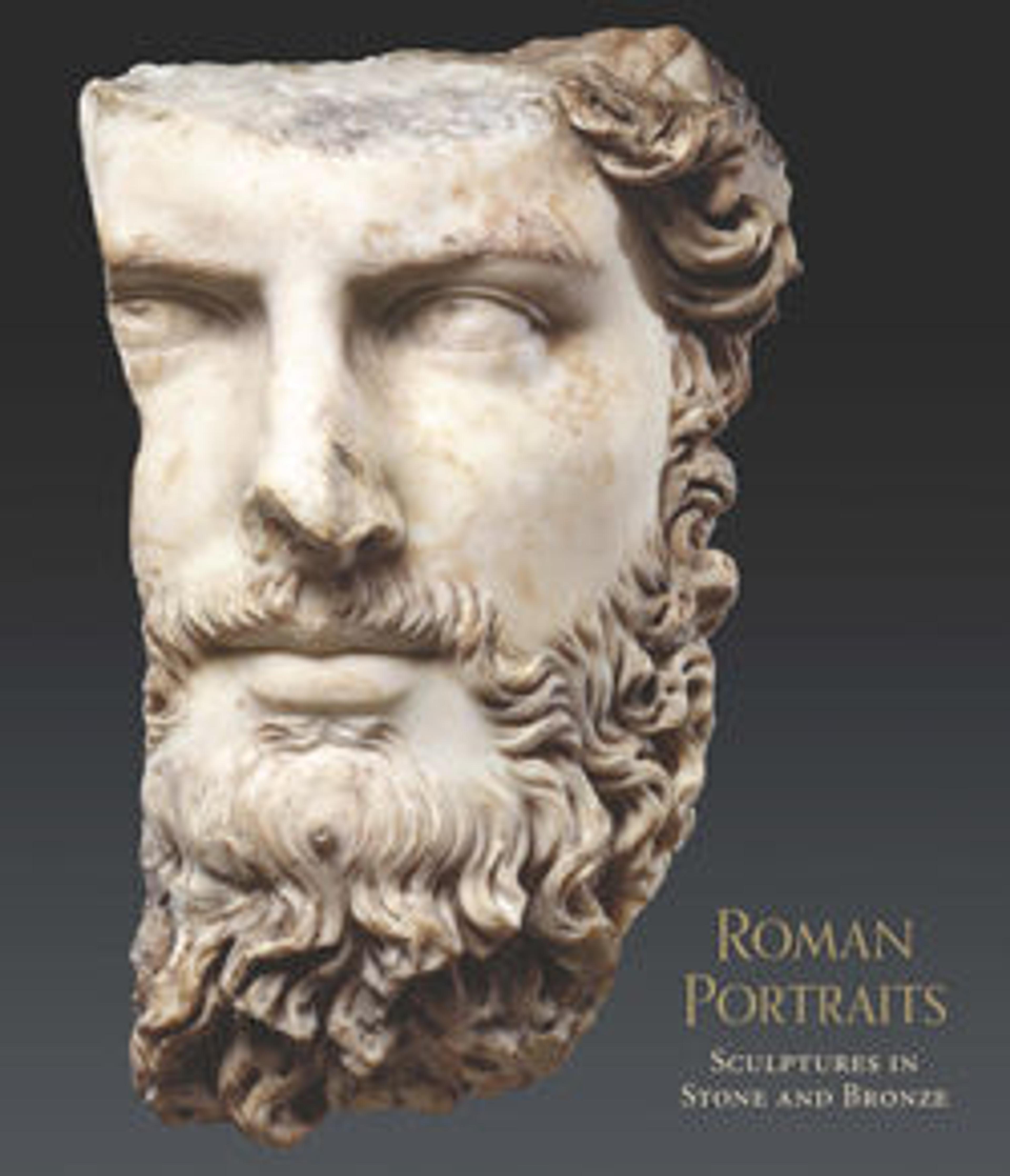Marble bust of Herodotos
Herodotos (ca. 484–424 B.C.) of Halikarnassos achieved fame in his lifetime for his Histories, which chronicle the Greek wars with Persia in the first quarter of the fifth century B.C. and the years surrounding those momentous events. His most brilliant and original accomplishment was his conception of a narrative that interweaves local traditions in a span of more than seventy years and encompasses much of the world known to the ancient Greeks through fact and fiction. Cicero called him the father of history. This work is one of numerous extant Roman copies that stem from a Greek statue, probably of the first half of the fourth century B.C. Portraits of Herodotos also appear on Roman bronze coins from Halikarnassos.
Artwork Details
- Title: Marble bust of Herodotos
- Period: Imperial
- Date: 2nd century CE
- Culture: Roman
- Medium: Marble, Island ?
- Dimensions: 18 1/2 × 9 × 9 3/4 in., 156 lb. (47 × 22.9 × 24.8 cm, 70.8 kg)
- Classification: Stone Sculpture
- Credit Line: Gift of George F. Baker, 1891
- Object Number: 91.8
- Curatorial Department: Greek and Roman Art
Audio
1211. Marble bust of Herodotos
Before you, is a portrait of the fifth-century B.C. Greek historian, Herodotos of Halikarnassos. The Latin orator, Cicero, called him the father of history. Herodotos achieved great fame already in his lifetime. His Histories chronicle the Greek wars with Persia in the first quarter of the fifth century B.C., and the years surrounding those momentous events. This portrait bust is a Roman copy of a Greek statue of Herodotos, from the first half of the fourth century B.C. In contrast to the Greek preference for full-length portrait statues, the Romans were mainly interested in the faces of famous Greeks. They usually copied only the heads. Portraits, like this one, served as icons of Greek culture that was so highly esteemed by wealthy Romans. They exhibited these marble busts in the courtyards of their homes and country villas, and in their gardens and libraries. A bust, like this one, might elicit conversations about the Histories of Herodotos. Herodotos’ most brilliant and original achievement is how he interweaves local legends into a historical narrative that spans more than 70 years. His Histories encompass most of the world known to the ancient Greeks. If you would like to hear what Herodotos wrote about the nomadic Scythians, press the PLAY button now.
More Artwork
Research Resources
The Met provides unparalleled resources for research and welcomes an international community of students and scholars. The Met's Open Access API is where creators and researchers can connect to the The Met collection. Open Access data and public domain images are available for unrestricted commercial and noncommercial use without permission or fee.
To request images under copyright and other restrictions, please use this Image Request form.
Feedback
We continue to research and examine historical and cultural context for objects in The Met collection. If you have comments or questions about this object record, please complete and submit this form. The Museum looks forward to receiving your comments.
